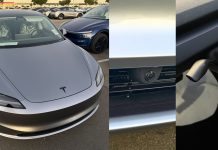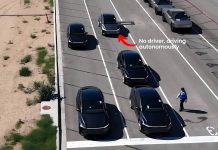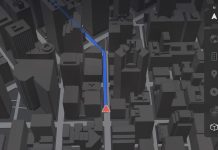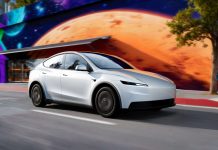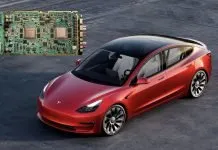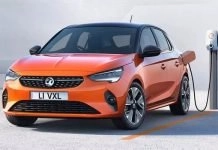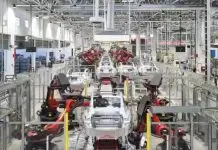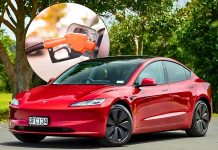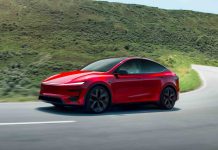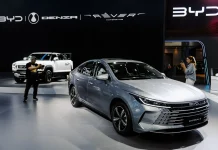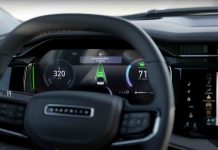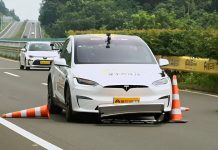Tesla has recently provided data that demonstrates its Autopilot and Full Self-Driving (FSD) systems are significantly more reliable than previously reported. Tesla Autopilot has now driven more than 9 billion miles, and its data show that it performs better than manual control across its fleet and also significantly reduces accidents.
The company’s report shows that there were 1,506 accidents while Autopilot was turned on in vehicles that drove just 9 billion miles. Meanwhile, Tesla drivers not using Autopilot reported 6,864 accidents while driving the same amount. But the average rate in the U.S. is much higher, with officials expecting 18,367 accidents per 9 billion miles driven.
- Tesla Autopilot: 1,506 accidents
- Tesla Without Autopilot: 6,864 mishaps
- U.S. National Average: 18,367 accidents
- Supervised Prevented Accidents: 16,861
These results clearly show that Tesla vehicles with Autopilot are over 11 times safer than standard vehicles in the United States and more than four and a half times safer than Tesla vehicles not using driver-assist technology.
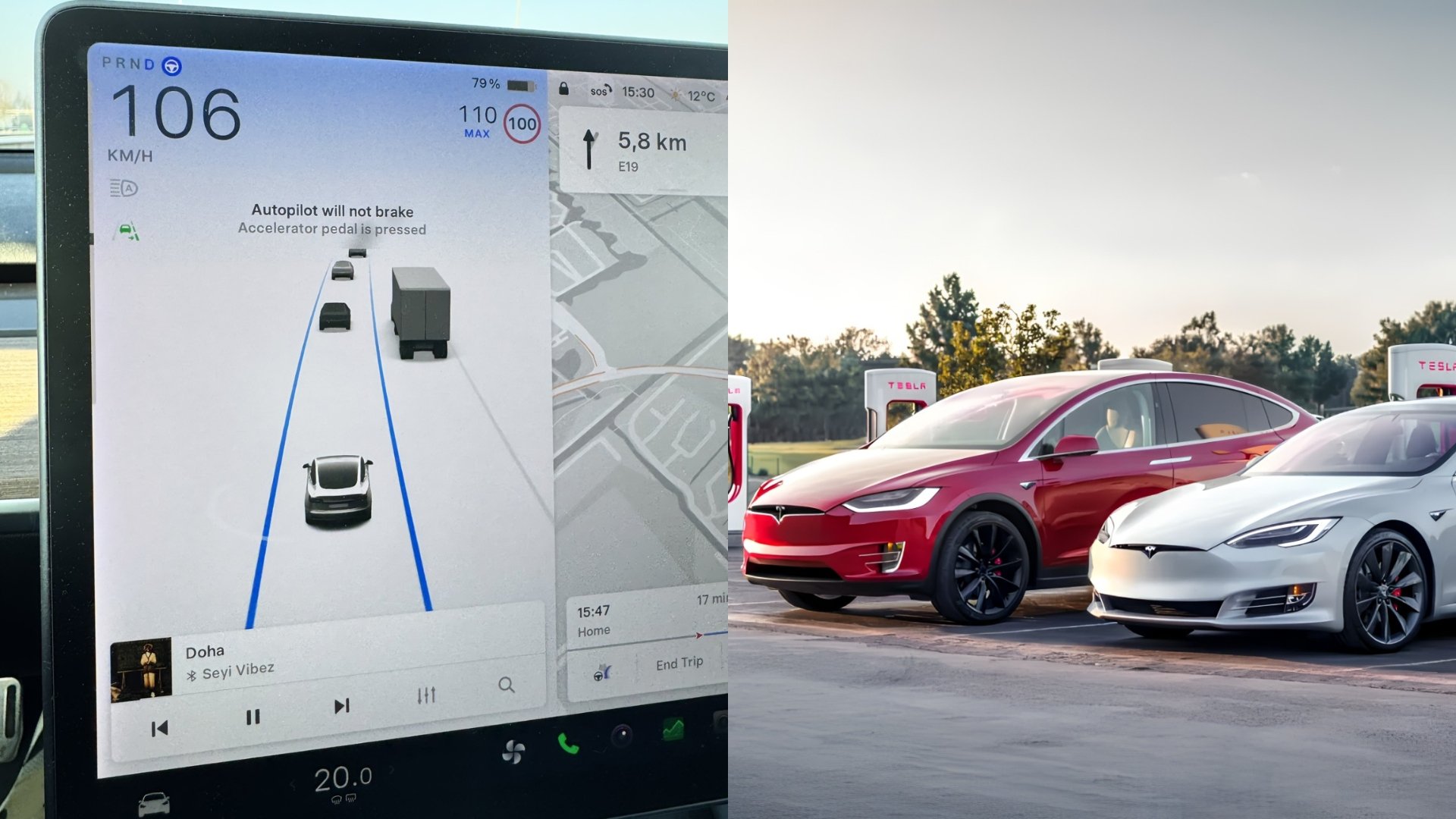
Full Self-Driving Prevents Thousands of Crashes
Tesla revealed that drivers using Full Self-Driving (FSD) had been involved in fewer accidents, making the system important in preventing crashes. Since FSD prevents a large number of potential accidents, the company credits it for leading improvements and quick, intelligent decision-making.
Though still in its beta phase and requiring driver supervision, FSD has made noticeable advancements. Elon Musk has repeatedly said that the company wants to ensure that using its cars is ten times safer than driving yourself, and the numbers prove that Tesla is achieving this goal quickly.
Tesla’s news may greatly change the way the public and government bodies view self-driving vehicles. Autopilot has been in the news for incidents and criticism since its start. Nevertheless, reviewing large amounts of data changes the story, focusing on actual performance results driven by travelers’ decisions.
Those who back autonomous driving believe that errors by drivers are responsible for causing more than 9 in 10 crashes. Autopilot and FSD, which are powered by radar, cameras, and neural networks, are not affected by distraction, tiredness, or unfocused judgment, the main contributors to accidents with regular cars.
How Tesla Achieves These Results
Tesla’s safety approach depends on combining software with hardware. Tesla stands out from many others by building its cars from the start with algo-taps in mind. Vehicles continue to improve with every real-time USB/SD card or OTA update, even after manufacturing.
Road challenges are quickly addressed by Tesla vehicles, thanks to both their sensors and the AI processor onboard. As well, the company’s huge neural network receives training data from vehicles around the world, which helps its algorithms perform with incredible precision and accuracy.
Regulatory and Industry Impact
When rules for autonomous vehicles are created, Tesla’s data could help show if these cars are safe. If the statistics improve, it could push for new regulations and encourage more people to use autonomous features, helping the industry expand them faster.
Insurance firms could pay attention to all of this as well. If we can see that Autopilot and FSD make accidents less likely, it could lead insurance groups to reward those who have them with better deals and more motivation to adopt self-driving cars.
Conclusion
The recent safety results from Tesla are significant for the future of autonomous driving. For both Autopilot and FSD result in greatly reduced accident numbers, it seems that driving will not only be more automated, but much safer in the future.

